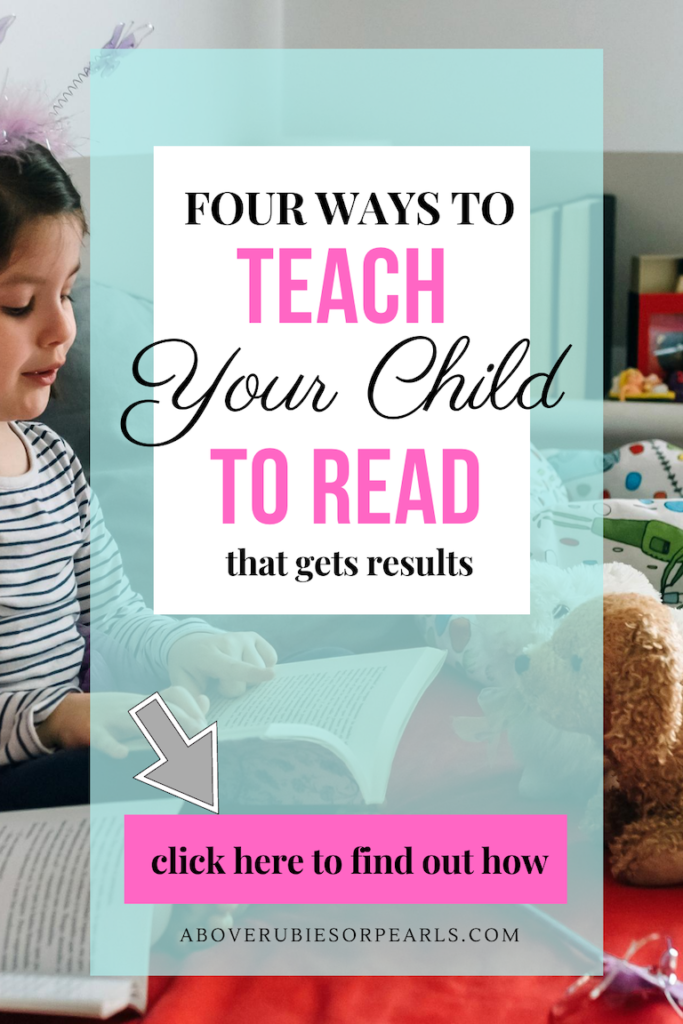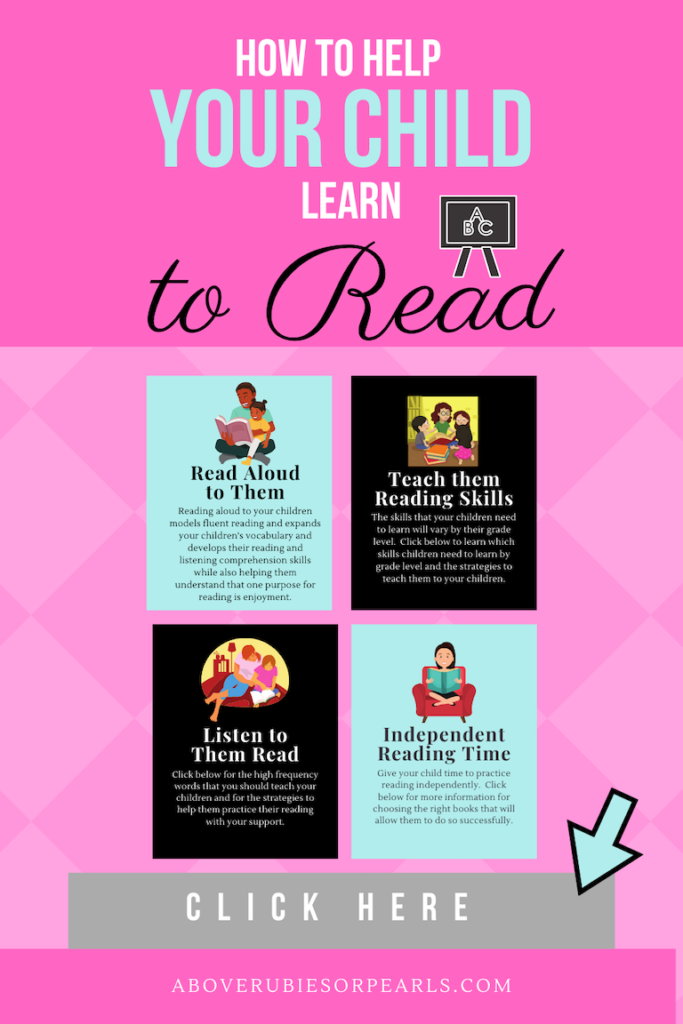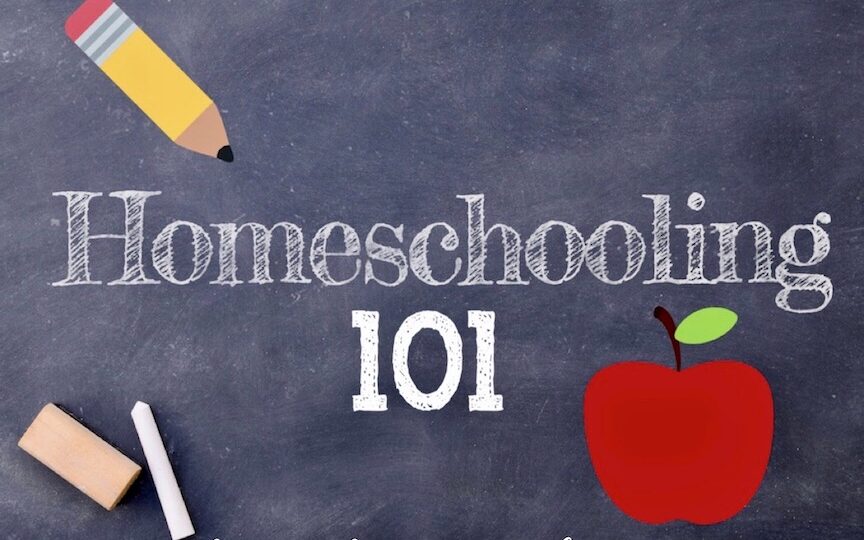Last week, I shared some book recommendations and some tips for reading aloud to your children. Reading aloud daily is very important to helping your child to develop vocabulary, reading and listening comprehension, and a love of reading.
See Related: Book Recommendations for Children
I focused on elementary aged children because those are the ones we mostly read aloud to, but it is still important to keep your older children motivated to read as well. I recommend getting your tweens and teens a couple magazine subscriptions on topics they find interesting: fashion, sports, music, etc. Having magazines come in the mail that they are looking forward to will definitely keep them motivated to read.
I also explained that reading aloud will take no more than 30 minutes and that I would give you some ideas for what to do with the remaining 60 minutes of the 90 minutes that elementary children should be getting a day of English Language Arts instruction.
See Related: Back to School Support for Parents
There are two things, the first of which I will share today.
Some of the links in this post are affiliate links. If you click and shop through them, I earn a commission at no additional cost to you. These commissions help support this site so I can bring you more content like this post. Thank you for your support. Full disclosure here.
Teach Reading Skills
Spend 15 minutes teaching your child reading skills and have them read to you from books that they will need some support from you to read (grade-level books).

Grades K – 1
If you have a kindergartner, you should teach them the letter names and sounds, how to recognize the letters (upper- and lowercase), and how to write them (upper- and lowercase). Do this first by singing the Alphabet Song together each day, pointing to the letters as you go. And second, by teaching one letter a day: say the letter’s name, the sound it makes, then practice writing that letter (tracing it). Have your practice finding that letter (upper- and lowercase) in text and circling all of them.
You will also need to teach kindergarteners high frequency words (or sight words), and have them practice reading to you from emergent-level books (books with the same sight word on each page and pictures to help children know what the other word says: the ball, the cat, the dog, etc.).

First graders also need explicit instruction in sight words (strategy below) and to practice blending sounds to read words. Have them practice reading to you from books with rhymes, such as Sheep in a Jeep, to practice decoding words. Books with repetitive text will help them learn to read.

Grades 2 – 3
Second and third graders with fluent decoding skills and sight word recognition are ready for instruction in vocabulary and comprehension strategies. For vocabulary, choose two to four words for explicit instruction from the book you read together. Explain what the word means and use the context of the book and synonyms to help your children understand its meaning.
Good Books for Teaching Vocabulary




For comprehension, choose a comprehension strategy to focus on. This will depend on the type of book you are reading together, either fiction or nonfiction. You should read each genre, regularly.
One strategy to teach your child with either genre of book is to use fix-up strategies, which is what they should do whenever the text they are reading no longer makes sense. Teach your child to stop and think about what is preventing comprehension. Do they need to read ahead and use context clues to figure out a word’s meaning? Or do they need to go back to the beginning of the sentence and reread so they can accurately decode a word they mispronounced? Have them try whichever strategy they think is necessary to make the text make sense.
Some other comprehension strategies you may want to teach: finding the main idea; sequence of events; compare and contrast; and problem and solution.
How to Teach Sight Words
Teach them one a day. With my kindergarteners, I taught them one each day, Monday through Thursday, and on Friday, we reviewed the four from that week.
Do this by showing your child the word on a flashcard and use it in a sentence. Then, while still showing the card, ask your child to tell you the word.
Review the previous words together. I display them in a pocket chart, but you can lay them out on your table. Point to each word and say them together.
Helpful Tip: Introduce the words in an order that makes a sentence. For example on day 1, introduce the word I. On day 2, introduce the word like. On day 3, introduce the word me. When you are reviewing the words together at the end of the week, it will help them to remember what the words say as they read them with you: I like me.
You can also teach rhyming words together, so your next words could be he, she, be, we. After several weeks, mix the words up so that they really learn to recognize them instead of just memorize them. I did this at the end of each quarter. I also tested their progress at the end of each quarter. I had my students make their own flashcards for the words they had not learned yet and put them on a metal ring to read before reading their familiar books each day.
There are many lists of high frequency or sight words available. Click here for the complete list of Dolch Sight Words by grade level.
Independent Reading
Your child will also need time each day for reading independently. This will give you time to work with your other children, if you have more than one. You will want to make sure that your children have a set of familiar books that they can read on their own. I kept my students independent-level books in a gallon-sized Ziploc bag. They can also read independently on a tablet if your child’s school has a subscription to Raz Kids. Either way, they should be reading independently for at least 15 minutes a day.
The last 30 minutes of English Language Arts should be devoted to writing. I will give some strategies for teaching your child to write in another post.
Until next time, please feel free to share your thoughts and any tips you have about distance learning in the comments below.

Pin it!














You’ve provided some excellent tips for teaching such a young child to read. My six year can read, but his brain is more math oriented. He loves multiplication and adding large numbers, but reading not so much.
Thank you so much! That is great that you know your son’s strengths! Having a good math foundation is very important. Hopefully you will find some tips to inspire a love of reading because there is so much reading in all of the subjects, including math. 🙏🏽
My daughter is only two but we have already started teaching her the basics to have her ready for school. This will definitely help us along!
It is never too early to start with songs and reading nursery rhymes to build phonemic awareness, foundational for learning to read. Thank you! 😊
I babysit a ton and they’re usually little kids who don’t know how to read yet! I always look for posts like these, definitely saving this one. Thanks for the tips!
You are welcome! These tips can definitely be helpful for anyone working with children. 😊
Great tips on teaching children how to read. It is such a complex process that requires time and patience and perseverance. Thank you for sharing this.
Thank you, and yes, reading is definitely very complex to teach and even more so to learn. It is amazing the processing it involves! You are welcome. 😊
What an amazing guide! Thank you for sharing! Nowadays homeschooling tips are so helpful! Stay healthy!
You’re welcome, Nora. I am glad you find my tips helpful. And thank you, you too! 😊
I am not a mother myself I can imagine how important this phase of life is plus the challenges that come along. Great recommendations, will share them with a friend whose kid is learning to read.. Thanks!
I know, I can’t imagine the stress that parents must be under! Thank you so much! I hope your friend finds my recommendations helpful. 😊
so many tips here, and they are explained in an easy to implement manner.
thanks for sharing!
Thanks so much, and you are welcome! I am glad my tips are easy to understand. 😊
Hi Robyn!
I have always been a book worm and started my son reading about the time he could talk. I totally agree that even if an older child doesn’t like novels they should at least be engaged in magazines or something similar…anything to get them away from the screen!
That is great that you got your son reading at an early age. We need more parents like you! And yes, less screen time and more reading is always a plus! 😊
I don’t have kids but these sound like great tips!
Thank you! Please share with your friends who do. 😊
I enjoyed reading this article. I like how you keep it simple and practical because this makes it feasible for a busy mom of 5 like me. I also love the note about getting the older kids a couple of magazine subscriptions. My older children love receiving magazines! It’s like they’ve gotten a prize. 🙂
Thank you so much! I aimed to keep it simple for parents, so I am glad that it accomplished that goal. I agree with your children; magazines are a great treat to receive in the mail!
Great tips especially for independent reading. I’m definitely going to try your recommended books for my four-year-old. Thank you
Thank you, and you are welcome! I am so glad to hear that you will give these books a try. 😊
Excellent staged advice for early readers.
Thank you! 😊
[…] See Related: Helping Your Child Learn to Read […]
[…] See related: Helping Your Child Learn to Read […]